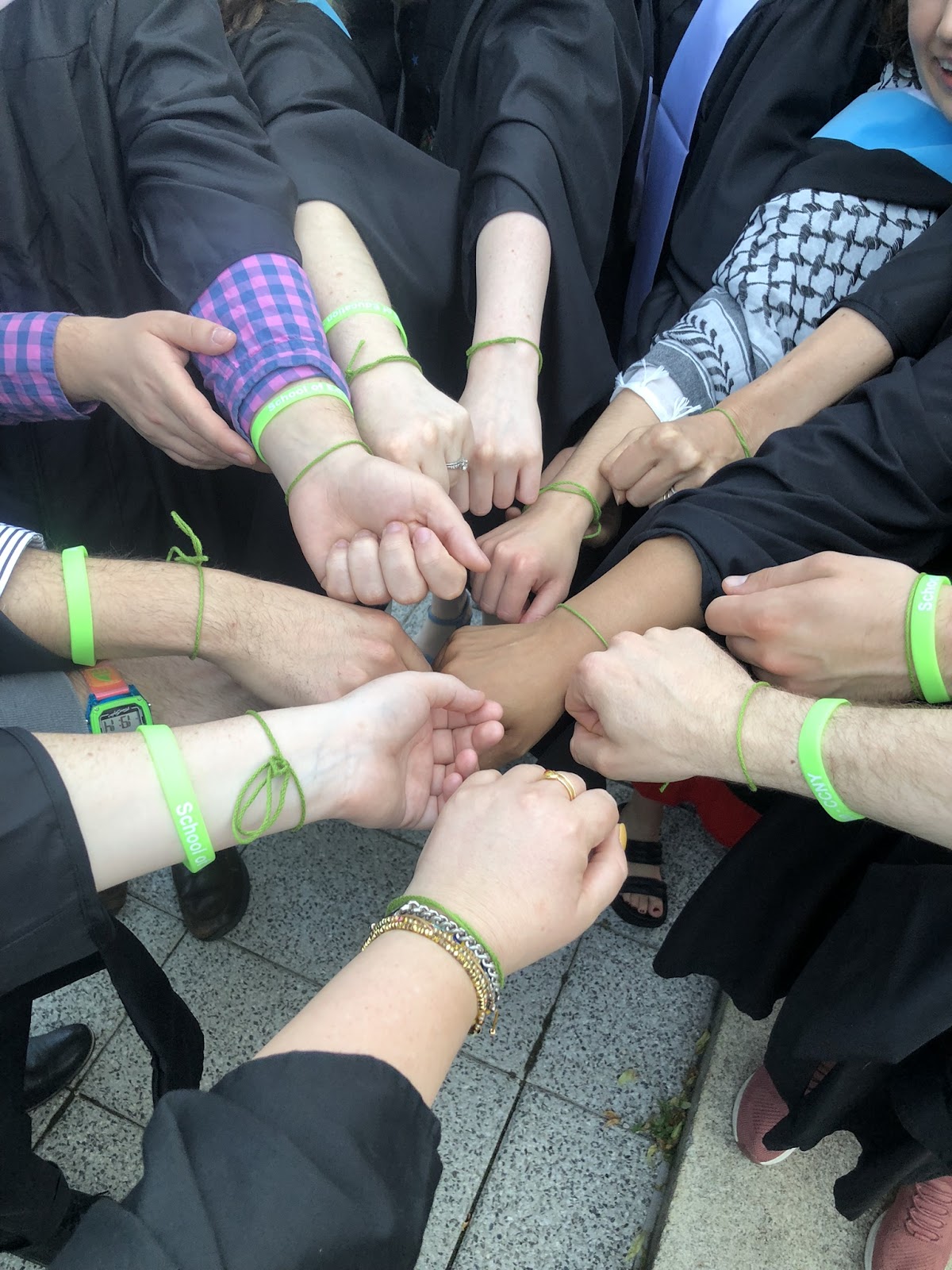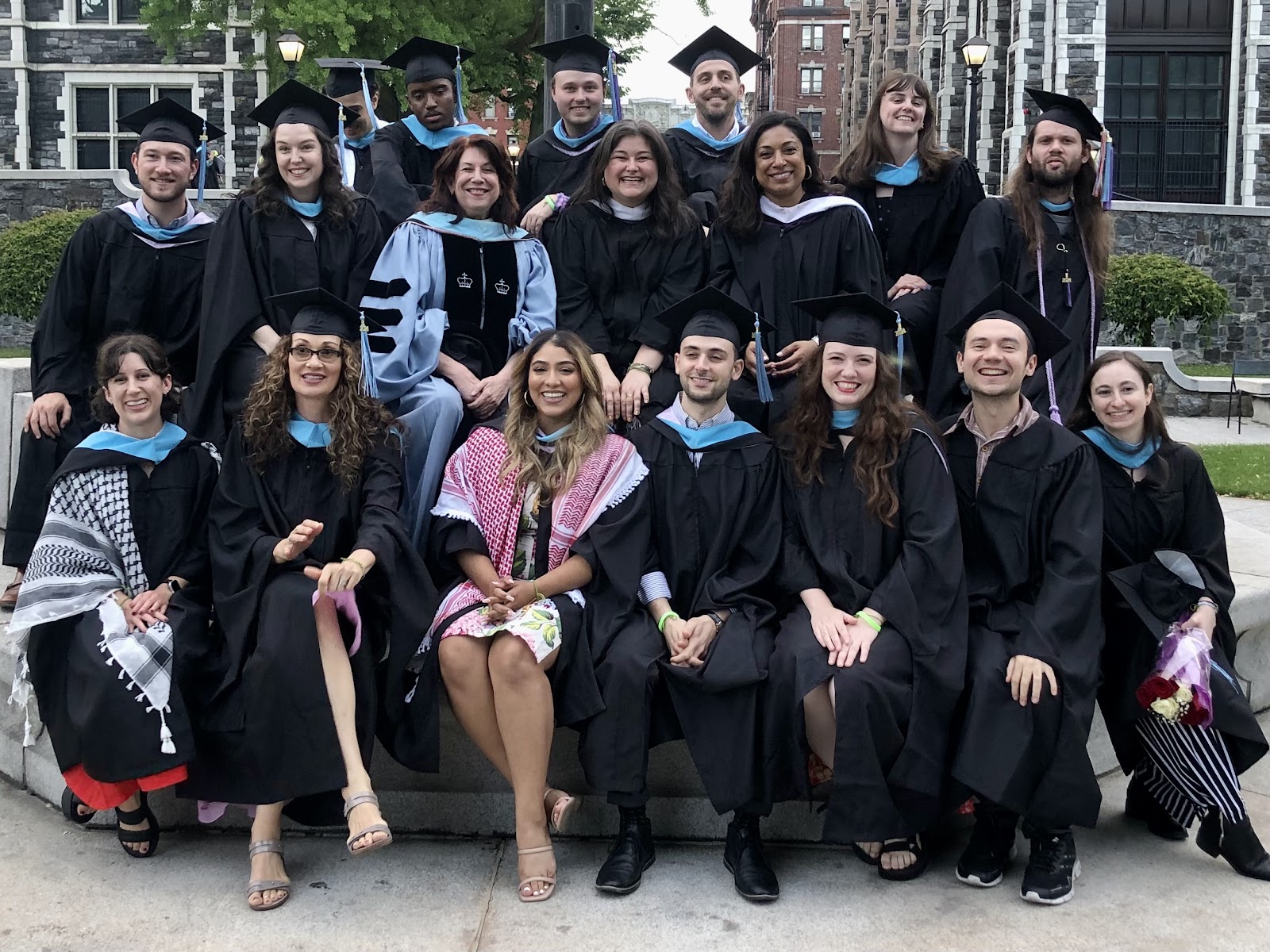“Those who can, do; those who can't, teach."
I’ve always hated that quote.
In addition to George Bernard Shaw who originated this quote in the play Man and
Superman, I’ve heard people throw this sentiment around for as long as I can remember. No
matter how they said it, the message was always clear: If you cannot be successful as (insert
profession here), you can always teach it instead. Dont, worry! Teaching can be your back up!
Oh, they don’t do that anymore, they teach now. You’re teaching? So you’re no longer chasing
the dream? Why do we assume teaching is the antithesis of following the dream? Why do we
assume teaching is a form of giving up? Why do we see teaching as an alternative for those who
cannot “make it” in their chosen career? Why don’t we see teaching as an extension of the art
and profession we love so much, or the ultimate showcasing of expertise and ability in a chosen
field? As someone who finds freedom and a truer understanding of my artistry through teaching,
I have to strongly disagree.
Throughout history, scientists, philosophers, artists, and researchers have used their
work to educate and inspire others. Aristotle, Plato, and Socrates were all teachers who used
their philosophies as tools for education. Lee Strausburg, Stella Adler, and Uta Hagen were all
actors and directors who used their knowledge and expertise to teach others how to create
honest work. Even Albert Einstein was a passionate advocate for independent thought in
classrooms and used his research to teach and educate young scientists. Einstein didn’t go into
teaching because he was ready to give up on his dreams. He knew, as an expert in his field, he
had a responsibility to share his knowledge with younger aspiring scientists who would continue
the work he started. And while I never personally got to ask Einstein his thoughts on teaching, I
think he would agree that his impact as a scientist was commensurate with his impact as an
educator.
As a theatre educator and teaching artist, my teaching and my artistry have always
informed one another. I cannot be an educator without my artistry. Were it not for my real
world experiences as a professional performer, I would not be able to provide my students with
the same kind of informed musical and play experiences. I deeply understand the creative
process due to my own process as an actor, therefore I can bestow that same level of dedication
and curiosity to my students. I cannot make art without the experiences and values I have
gained as an educator. I can lead with patience and compassion while facilitating an efficient
and person-centered rehearsal space. I have also cultivated the skills to effectively communicate
and adapt to change. The more I do this work, the less rehearsal spaces and classrooms seem to
differ.Every time I step into a classroom and create art with students, I see so clearly how my
artistic work feeds into my pedagogical work. Perhaps that is why the Teaching Artist profession
is rapidly growing– artists are seeing the importance and benefits of sharing their virtuosity with
young people. We wouldn’t be the performers, artists, musicians, dancers, or visionaries we are
today if it weren’t for the educators that helped us along the way. I have never once felt like I was
giving up my dreams by becoming a teacher. If anything, it has felt like I have found the missing
piece in my artistry that now makes everything work together. I feel more inspired to explore
creatively, more energized to go and invest time in my art. I have become the fullest version of
myself artistically because of my work in educational spaces.
So maybe the phrase should be “Those who can do, should teach.”
That way those who are passionate about their dreams also find space to share that with students in classrooms. Then, students see that they never have to sacrifice their passions to choose an alternative– they can be everything and more. And, most importantly, people will no longer question the impact, validity, and passion of educators.










 ".
".





